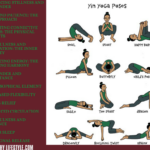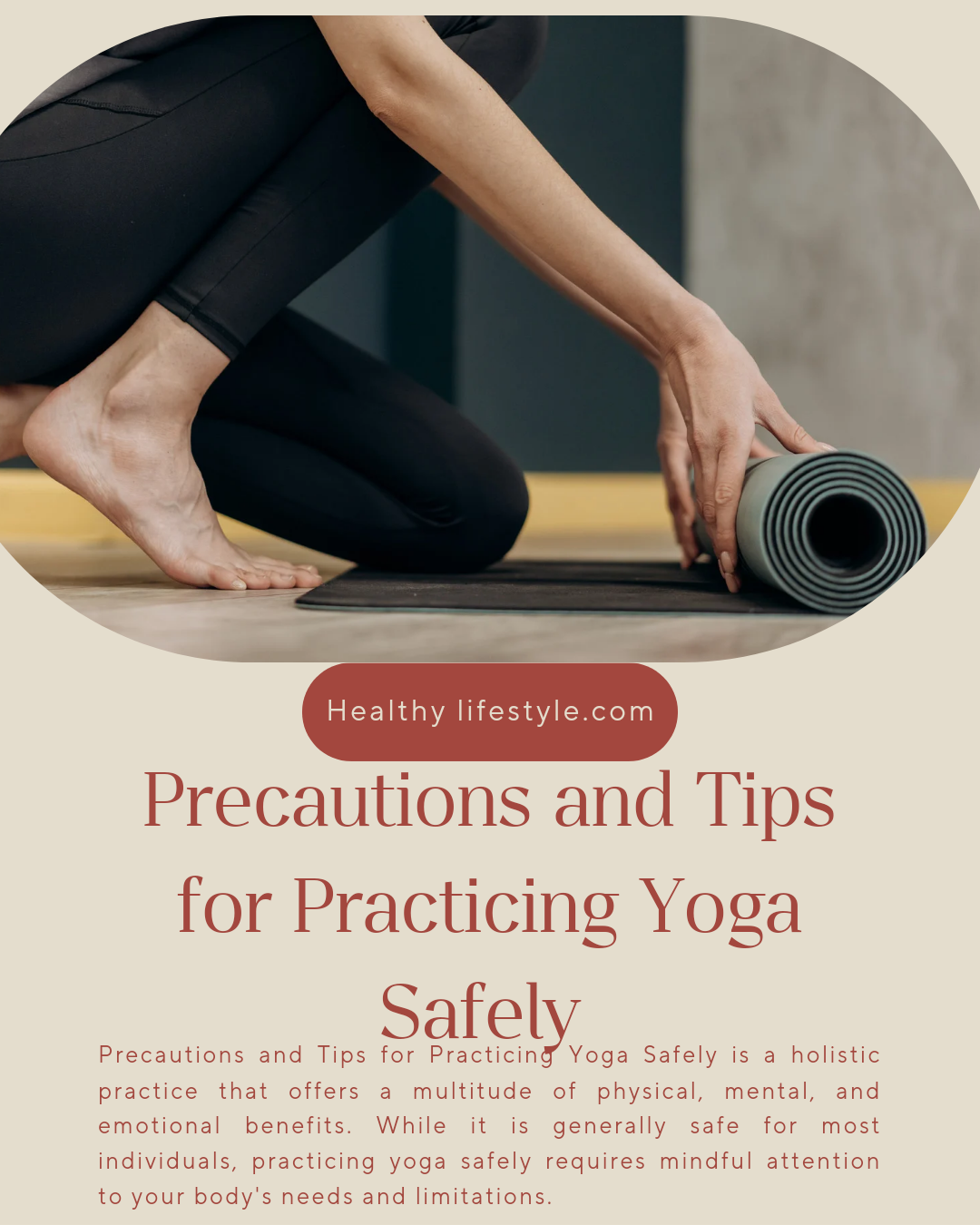Table of Contents
- Introduction
- Understanding Hair Loss
- Does Shirshasan help in controlling hair loss?
- The Science behind Shirshasan and Hair Loss
- Benefits of Shirshasan for Hair Health
- Tips for Performing Shirshasan Safely
- Other Natural Remedies for Hair Loss
- Maintaining a Balanced Diet for Healthy Hair
- Stress Management and Hair Loss
- Avoiding Common Hair Damaging Practices
- When to Consult a Professional
- Conclusion
- FAQs
Introduction
Welcome to this comprehensive guide on the age-old practice of Shirshasan and its potential benefits in controlling hair loss. Hair loss is a common concern for both men and women, and many seek natural remedies to tackle this issue. In this article, we will explore the practice of Shirshasan, its connection to hair health, and how it can be a part of your hair care routine.
Understanding Hair Loss
Before delving into the specifics of Shirshasan, it’s essential to understand the root causes of hair loss. Hair loss can be triggered by various factors, such as genetics, hormonal imbalances, stress, unhealthy lifestyle, and nutritional deficiencies. Identifying the cause of hair loss is crucial in determining the most effective solution.
Does Shirshasan help in controlling hair loss?
Shirshasan, commonly known as the headstand, is a yoga pose that involves balancing the entire body on the head, with the support of the forearms and hands. This inverted position allows blood to flow towards the scalp, potentially benefiting hair follicles and promoting hair growth.
The Science behind Shirshasan and Hair Loss
While there is limited scientific research directly linking Shirshasan to hair loss control, proponents believe that the increased blood flow to the scalp during the headstand position may nourish hair follicles and improve their health. Additionally, the practice of yoga, including Shirshasan, is known to reduce stress, which can indirectly impact hair health.
Benefits of Shirshasan for Hair Healt
- Improved Blood Circulation: Shirshasan enhances blood flow to the scalp, which may result in better nutrient delivery to hair follicles.
- Stress Reduction: Yoga, including Shirshasan, can help reduce stress hormones, potentially minimizing stress-induced hair loss.
- Balancing Hormones: Some studies suggest that yoga practices can regulate hormonal imbalances that contribute to hair loss.
- Scalp Health: The inverted position of Shirshasan may help balance oil secretion and improve scalp conditions.
- Relaxation and Sleep: Regular yoga practice, including headstands, may lead to better sleep, which is essential for healthy hair.
Tips for Performing Shirshasan Safely
Shirshasan is an advanced yoga pose that requires proper technique and caution to avoid injury. Here are some tips to perform the headstand safely:
- Practice under the guidance of a certified yoga instructor.
- Perform a thorough warm-up before attempting the pose.
- Use a supportive surface like a yoga mat or padded area.
- Engage your core muscles to maintain balance.
- Do not force the pose; progress gradually.
Other Natural Remedies for Hair Loss
While Shirshasan can be beneficial, it’s essential to complement it with other natural remedies for optimal results. Some other remedies include:
- Amla (Indian Gooseberry) oil: Known for its hair-nourishing properties.
- Coconut oil: Helps moisturize and strengthen hair.
- Aloe Vera: Soothes the scalp and promotes hair growth.
- Bhringraj oil: Traditionally used to promote hair health.
Maintaining a Balanced Diet for Healthy Hair
A nutritious diet plays a vital role in hair health. Ensure your diet includes:
- Protein-rich foods like eggs, fish, and lentils for hair strength.
- Iron-rich foods like spinach and broccoli to prevent hair thinning.
- Vitamins A, C, and E from fruits and vegetables for overall hair health.
- Omega-3 fatty acids from nuts and seeds to nourish the scalp.
Stress Management and Hair Loss
Stress can be a significant contributor to hair loss. Practice stress-reducing activities like yoga, meditation, and spending time in nature. Getting enough rest and sleep is also crucial for managing stress and supporting healthy hair.
Avoiding Common Hair Damaging Practices
Certain hair care practices can damage hair and exacerbate hair loss. Avoid:
- Excessive use of heating tools like straighteners and curling irons.
- Tight hairstyles that pull on the hair, such as tight ponytails or braids.
- Chemical treatments like hair dyes and perms.
- Overwashing and using harsh shampoos.
When to Consult a Professional
If you experience severe or sudden hair loss, it’s essential to consult a dermatologist or a trichologist. They can diagnose the underlying cause and recommend appropriate treatments or lifestyle changes.
Conclusion
Incorporating Shirshasan into your daily routine can be a valuable addition to your efforts to control hair loss. Its potential benefits, combined with a balanced diet, stress management, and other natural remedies, can contribute to improved hair health. Remember, consistency and patience are key to seeing results. Embrace a holistic approach to hair care, and you’ll be one step closer to achieving healthy and luscious locks.
FAQs
- Is Shirshasan suitable for everyone? Shirshasan is an advanced yoga pose and may not be suitable for beginners or individuals with certain health conditions. It is best to consult a yoga instructor or healthcare professional before attempting it.
- Can Shirshasan reverse baldness? While Shirshasan may have some benefits for hair health, it is unlikely to reverse baldness caused by genetic factors. It can be a complementary measure to support overall hair health.
- How long should I hold the Shirshasan pose? For beginners, holding the pose for 15-30 seconds is a good starting point. With practice, you can gradually increase the duration.
- Can stress alone cause hair loss? Yes, stress can lead to a condition called telogen effluvium, where hair follicles enter a resting phase prematurely, resulting in hair shedding.
- Are there any side effects of Shirshasan? When performed correctly, Shirshasan is generally safe. However, improper execution can lead to neck or back strain. It’s crucial to learn the pose under expert guidance.











